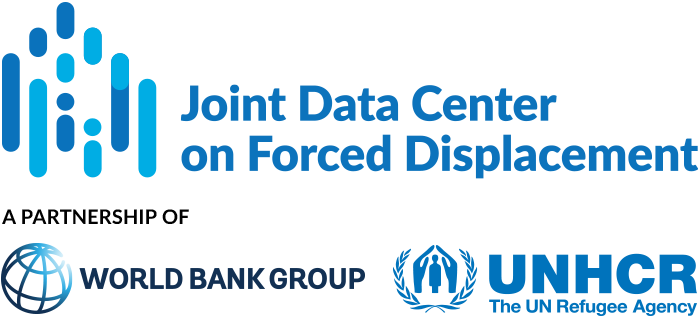As of May 2021, there were 867,000 Rohingya refugees from Myanmar living in refugee settlements in Cox’s Bazar, Bangladesh (UNHCR, 2021). Only about 50,000 Rohingya refugees from earlier (pre-August 2017) caseloads have been granted refugee status, allowing them to...
JDC Literature Review
Integration of Venezuelan Refugees and Migrants in Brazil
Brazil is hosting over 260,000 Venezuelans as of the second quarter of 2020. The majority of Venezuelan refugees and migrants enter and settle in the northern localities of Roraima (50 percent) and Amazonas (19 percent) bordering Venezuela. Brazil’s legal framework...
Living Conditions and Settlement Decisions of Recent Afghan Returnees: Findings from a 2018 Phone Survey of Afghan Returnees and UNHCR data
More than 2 million displaced Afghans have returned to Afghanistan between 2014 and 2016, the majority from Pakistan, including over half a million registered refugees who returned under UNHCR’s voluntary return program. This report describes and analyzes the living...
Shoring Up Economic Refugees: Venezuelan Migrants in the Ecuadoran Labor Market
This paper analyzes the labor-market conditions of around 340,000 Venezuelan displaced abroad, who migrated to Ecuador between 2016 and the summer of 2019. The analysis is based on new data from the Survey of Migrants and Receiving Communities in Ecuador (Encuesta a...
Economic Transfers and Social Cohesion in a Refugee-Hosting Setting
This paper examines if a transfer program targeted to Colombian refugees and poor Ecuadorians in urban and peri-urban areas of northern Ecuador resulted in changes in measures of social cohesion. The program was a short-term cash, food, and voucher program paired with...
The economics of the Syrian refugee crisis in neighbouring countries: The case of Lebanon
This paper examines the economic and social impact of the Syrian war and refugee flows on Lebanon. The authors employ a dynamic general equilibrium model to capture forced displacement, discrimination, and segmented labor markets (distinguishing formal and informal...
Global Trends: Forced Displacement in 2019
The report presents data compiled by UNHCR on forced displacement in 2019 due to persecution, conflict, violence, human rights violations or events seriously disturbing public order. This year’s report includes analysis of displacement trends over the past decade. Key...
The Lives and Livelihoods of Syrian Refugees in the Middle East: Evidence from the 2015-16 Surveys of Syrian Refugees and Host Communities in Jordan, Lebanon, and Kurdistan, Iraq
This paper characterizes the displacement and welfare of Syrian refugees living in Jordan (Amman governorate, Za’atari and Azraq camps, and areas surrounding these camps in Mafraq and Zarqa governorates), the Kurdistan Region of Iraq (KRI), and Lebanon. The analysis...
Coping with the Influx: Service Delivery to Syrian Refugees and Hosts in Jordan, Lebanon and Kurdistan, Iraq
This paper characterizes rates of access to infrastructure and social services among host communities and refugees in Jordan, Lebanon, and the Kurdistan Region of Iraq (KRI), and related perceptions of quality of service delivery. In all three contexts, public service...
Impact of the Regulatory Environment on Refugees’ and Asylum Seekers’ Ability to Use Formal Remittance Channels
This report examines the impact of regulations and regulatory policies on a refugee’s ability to send and receive formal, cross-border remittances, drawing on seven country case studies (Denmark, Ethiopia, Germany, Jordan, Saudi Arabia, the United Kingdom, and the...


